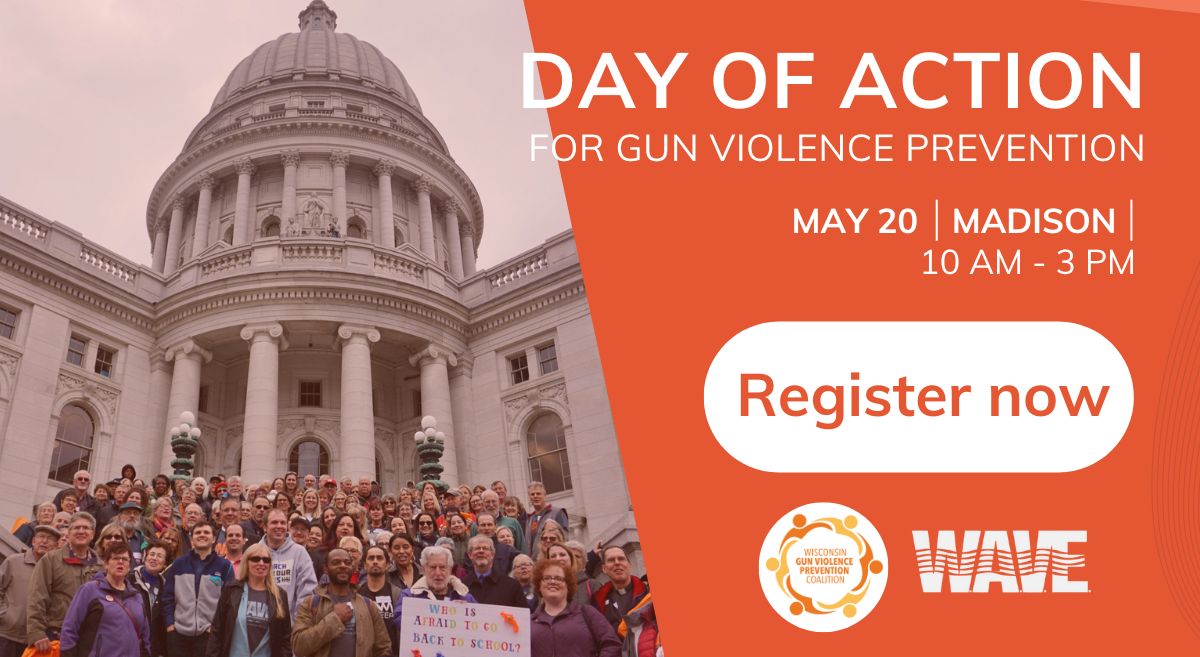How Do Extreme Risk Laws Work?
Extreme risk laws (sometimes referred to as red flag laws) give families and law enforcement officers a way to ask a judge to temporarily prohibit an at-risk person from purchasing or possessing a gun. This is a non-criminal process that involves a court hearing and clearly defined due process protections.
How Can Extreme Risk Laws Save Lives?
Extreme risk laws are particularly effective in preventing suicide and mass shootings.
Suicide
Temporarily removing access to firearms from someone who is at risk for suicide prevents suicide because
- 90% of suicide attempts using a gun are fatal compared to 5% of most common alternative methods.
- Suicidal acts are often impulsive and fleeting.
- Just 10% of those who survive a suicide attempt die by suicide later.
Do Extreme Risk Laws Violate Our Constitutional Rights?
No, an extreme risk law, and the corresponding extreme risk protection orders (ERPO) do not violate any rights.
Second Amendment
The Supreme Court ruled in D.C. vs. Heller that the 2nd Amendment allows for firearm restrictions that are “presumptively lawful.”
Due Process
An extreme risk protection order follows due process through the court system by allowing a judge to make an informed decision to temporarily remove firearms from people posing an imminent threat.
Doesn’t Law Enforcement Already Remove Firearms From People Who Pose a Threat?
Sometimes. But, municipalities have been sued for this because they do not have the legal backing ERPO provides. Meanwhile, Chapter 51, which is sometimes invoked by law enforcement, is more complex than ERPO and is often inadequate for providing safety to someone who is suicidal.
What Can I Do?
Demand that Wisconsin lawmakers pass an extreme risk law. Signing this petition will help us remind legislators that people want an extreme risk law to protect their loved ones.
Henry’s Story
Henry had so many dreams and plans for the future. He wanted to become a musician and a video game designer and would have made these dreams come true. He could enter a room and brighten it with his smile, attitude, or just his presence. He made friends so easily and was true to each and every one of them. He supported them, guided them. What Henry brought to his friends, he also brought to the world: compassion for the vulnerable, weak, young, and old. Henry had a special sensitivity to the needs of others and helped in the gentlest ways.
But Henry’s father, a former police officer, owned multiple firearms and was psychologically and emotionally abusive to Henry. Henry was hurting inside but felt he could not tell anyone what his father was doing without causing conflict and getting his father more upset. My son went from being a healthy, active, sixteen-year-old boy to being killed by his father.
I will be a voice for my son. In honor of Henry, I will work tirelessly to raise awareness about domestic violence, share his story, and advocate for laws to disarm domestic abusers.
Sincerely,
Henry’s Mother
If Henry’s story moves you, sign the petition to demand that Wisconsin lawmakers pass an extreme risk law.

